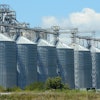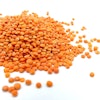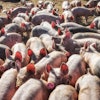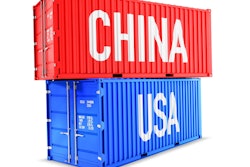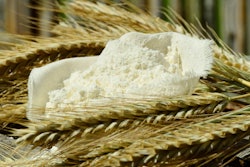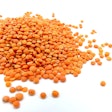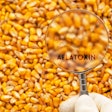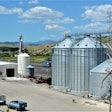
The COVID-19 pandemic has brought continued volatility and future uncertainty to the protein markets of Southeast Asia. Many of USGC's valued customers are end-users whose feed demand is directly correlated to the price of meat or seafood.
Uncertainty in the protein market makes long-term purchasing decisions more difficult.
In response to this need for market intelligence, the U.S. Grains Council’s (USGC’s) Southeast Asia and Oceania office hosted an animal proteins supply and demand outlook webinar in late July.
The virtual program aimed to detail the conditions of the protein markets today and provide outlooks to help customers make more informed business decisions in the future.
Manuel Sanchez, USGC’s regional director for Southeast Asia and Oceania, facilitated the event that included speakers from the poultry, egg, pork, aquaculture and alternative protein industries.
Each presented insight into the current nature of those industries and what a post-pandemic world could look like.
“Our webinar successfully showcased the current market dynamics affecting production, consumption and other challenges that the animal proteins industry will face going forward,” Sanchez said.
More than 250 participants attended virtually and heard from Dr. Vincent Guyonnet, managing director of FFI Consulting Ltd., Dr. George Chamberlain, president of Global Aquaculture Alliance, Dr. Brett Stuart, president of Global AgriTrends and Michelle Huang, director, consumer foods (China) analyst of RaboResearch Food & Agribusiness.
Guyonnet在家禽和蛋产业,noting that by 2030, Southeast Asia will represent 52.2 percent of global growth in meat production, while chicken meat will globally represent 41 percent of all meat consumed. He also spoke on the importance of innovation in the industry, focusing on artificial intelligence (AI).
“By 2050, farms will generate an average of 4.1 million data points through the Internet of Things (IoT) sensors and devices, which also means we will no longer be able to use the human brain and our own analytical skills to understand the data,” Guyonnet said.
“This is where AI will come into place, allowing us to build models where farm data can be used to predict specific outcomes.”
In the area of aquaculture, Chamberlin reported that production is expected to reach 103 metric tons by 2030.
Improvements will need to be made, however, in the areas of unified marketing, eutrophication control and greenhouse gas (GHG) emission reduction to see those results fully come to life.
斯图尔特的猪肉行业报告回顾了risks 10-year supplies face, mainly being disease.
It was also noted that Southeast Asia is becoming a more important production base for the global pork sector, producing seven percent of the world total. In the future, Stuart expects the demand to grow as the world population does.
“The bottom line is we are going to need more pork. We’re adding millions of people to the planet each year, those millions of people have more money and they need more pork; therefore, they need more corn,” Stuart said.
Lastly, Huang presented information on the alternative proteins industry, reviewing the pros and cons of the industry and noting that the high margin plant-based protein industry is consolidating and becoming more competitive.
“COVID-19 has required protein industries to adjust, innovate and become more efficient,” Caleb Wurth, USGC assistant regional director for Southeast Asia and Oceania, said.
“USGC will continue to inform its members and buyers of changes in the markets and future opportunities through value-added programming like the animal proteins outlook.”
Read more about USGC's work in Southeast Asiahere.

